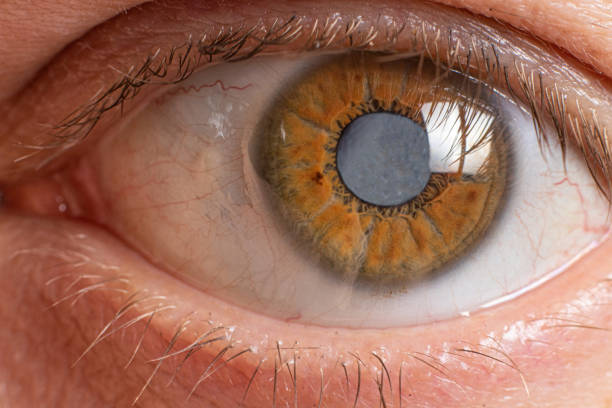The Cataract
- Affecting location is the eye lens seem like foggy windows.
- The eye lens cleared normally but this situation slowly developed, clouding in your eye.
- The lens functioning in focuses light into the retina, behind your iris.
- In cataract lenses can’t focus light in the same way, it leads to symptoms of blurry vision or loss of vision.
- This vision changes depending on size and which area is affected.
- Cataract starting age is around age 40 but probably symptoms notice after age 60.
- But the babies are born with cataract due to birth defect rarely
- Risk causes are.
- Most common in older ages, more than 50% in age 80 and above.
- It can affect both eyes but later one is affected after it develops at the other eye.
- The lens mostly consists of water and proteins.
- The proteins break down over time, they hang around in your eye.
- These durable proteins cause the cataract, make lens clouding.
Speed up cause for formation of cataracts
- Diabetes
- Steroids, arthritis and lupus
- Phenothiazine drugs such as chlorpromazine
- Eye surgery and eye injuries
- Radiation treatment for upper body
- Long time exposed to sun without eye protection
Symptom of cataract
- Cloudy, foggy and blurry vision
- Sensitivity to bright sunlight or headlights
- Seeing a halo around lights - looking headlights at night driving
- Changes in glasses
- Double vision
- Need brighter light for reading
- Poor night vision
- Changes in way of color see
- It does not usually hurt but it makes discomfort in more light sensitive.
- Need dilated pupils for looking inside eye checking of eye and during this test put on special eye drop for pupil wide open.
- This test helps to identify how much vision is blocked.
- Treated by using glasses or contacts and recommended surgery to remove cataract.
- Most people wait for Cataract surgery to become hard to read and drive.
- Surgeons remove clouded lenses and replace them with clear artificial lens implants.
- This surgery takes 1 hour and uses normal anesthesia/eye drops shot to numb your eye.
- Awake in surgery time but won’t feel and see.
- Two types of eye surgery.
Phacoemulsification
cataract surgery
- Commonly used
- Make a small opening in eye to reach clouded lens.
- The eye lens Break down to pieces by high frequency sound waves/ultrasound.
- suctions lens pieces/fragments and Puts in a new plastic lens.
Extracapsular
cataract surgery
- this method recommends by doctors
- use advanced cataract too dense clouded lens break down easily.
- This surgery makes large opening in the eye.
- Remove lens like one piece without breaking up and the surgeon insert manufactured lens.
After
surgery can expect during one or two day
- Itching
- Mild discomfort
- Watery eye
- Sensitivity to light
- Blurry vision
- After few weeks may need to use eye drops for heal, prevent infection and control pressure inside eye.
- Those weeks must prevent touching eye, bending over, lifting heavy things and doing anything like be eye injuring
- After surgery the eye can go normal activities in one day but completely heal after within 8 weeks.
- Chance of any complications is extremelyy low.
- Rarely eye infections and vision loss after surgery.
- In surgery time don’t any pain feels but afterward mild pain and discomfort.
- Developing cataracts is a typical part of aging. steps for protect and slow process.
- Reduce smoking
- Sunglasses and a hat
- eye checkup for manifestation any symptoms
Tags:
Diseases and Disorders

